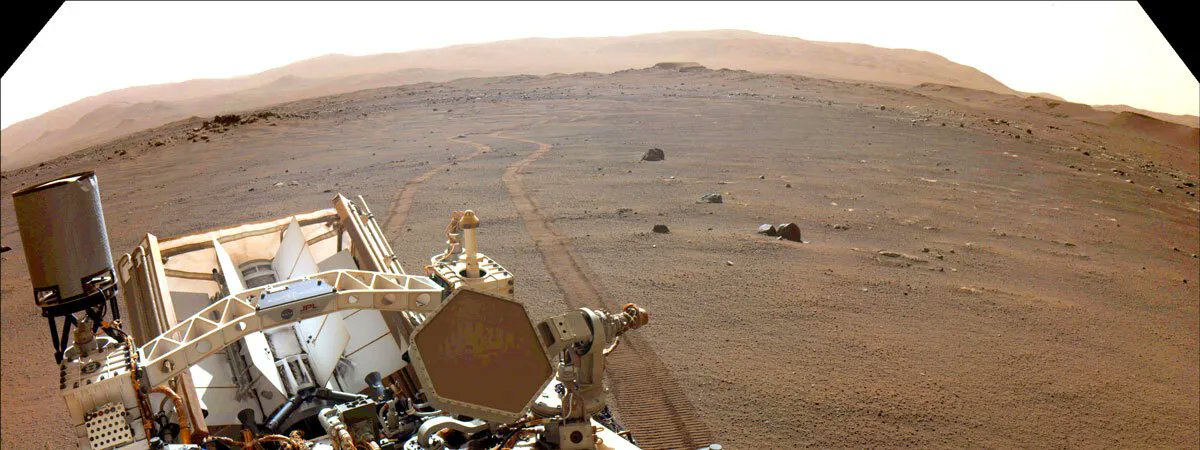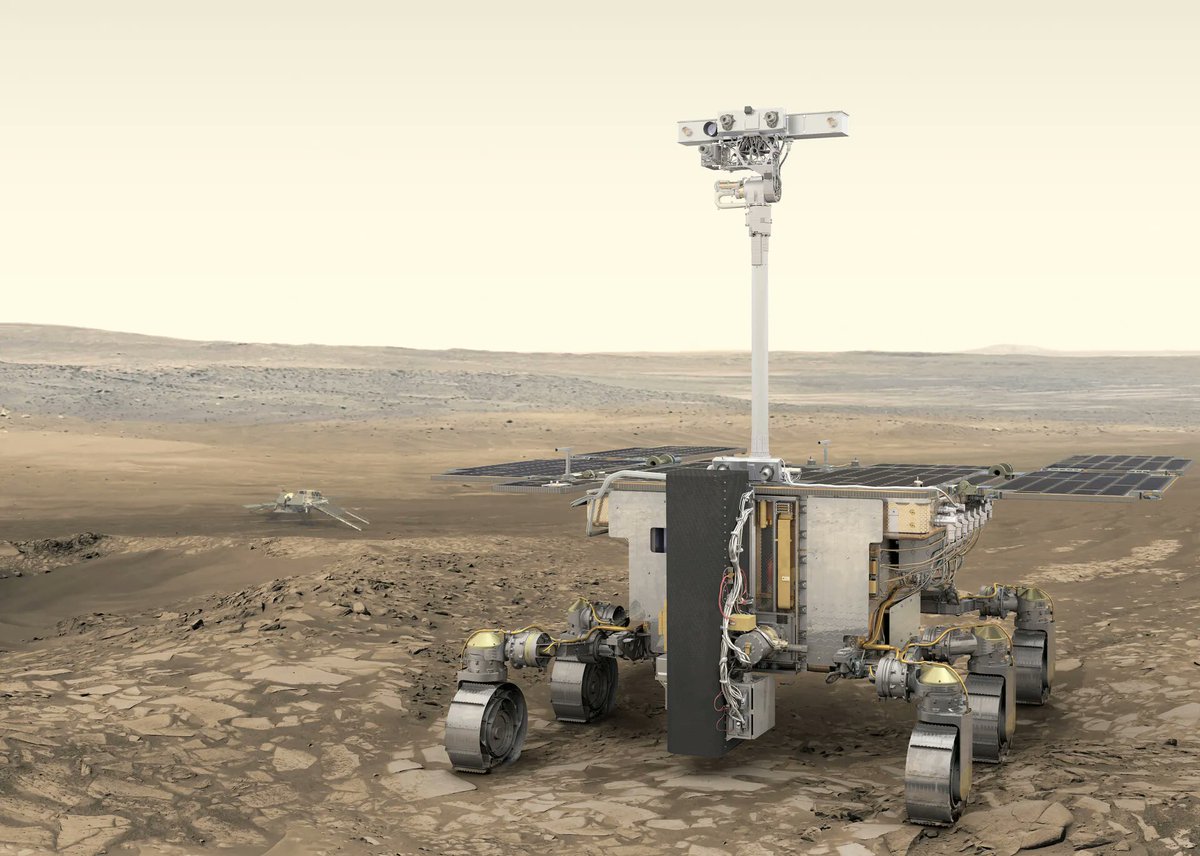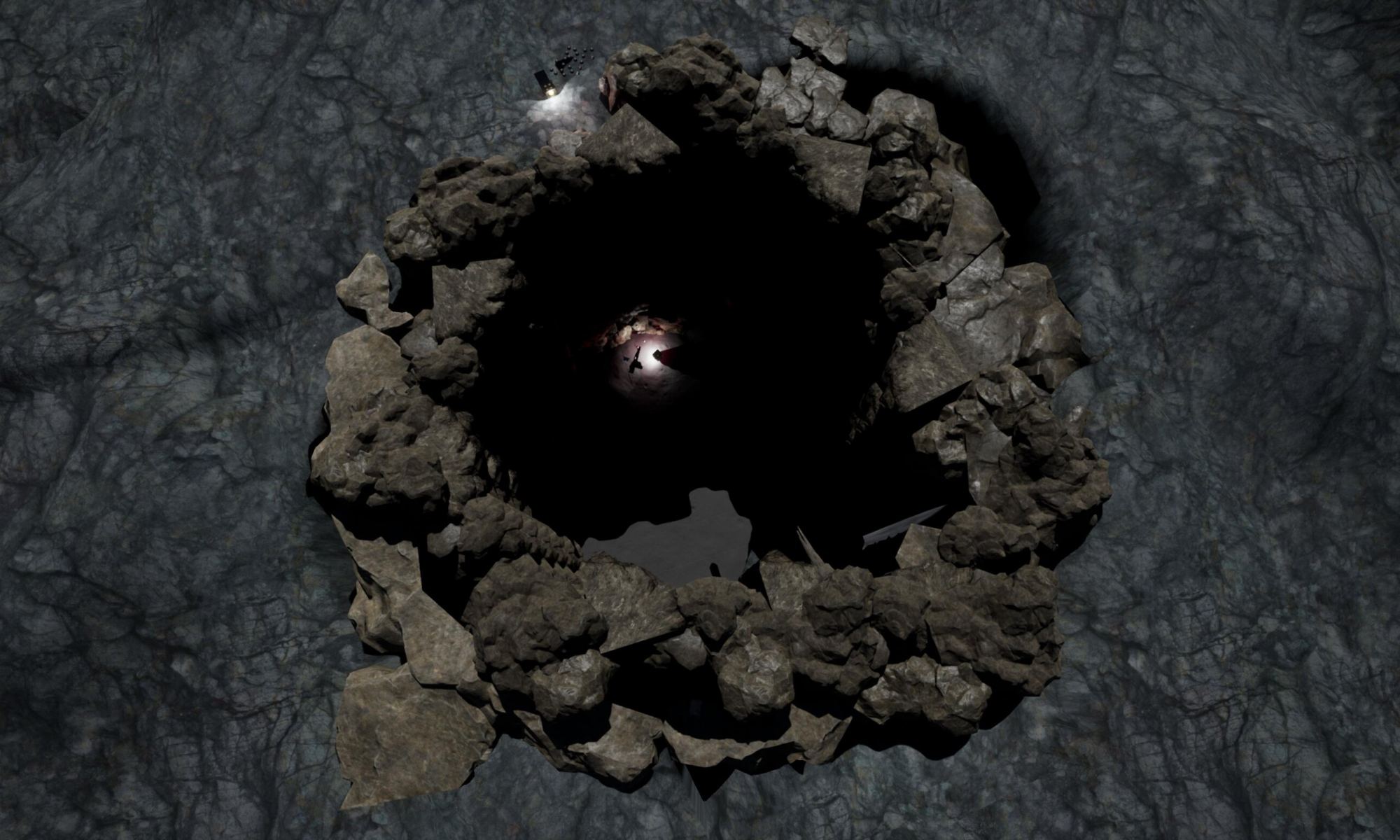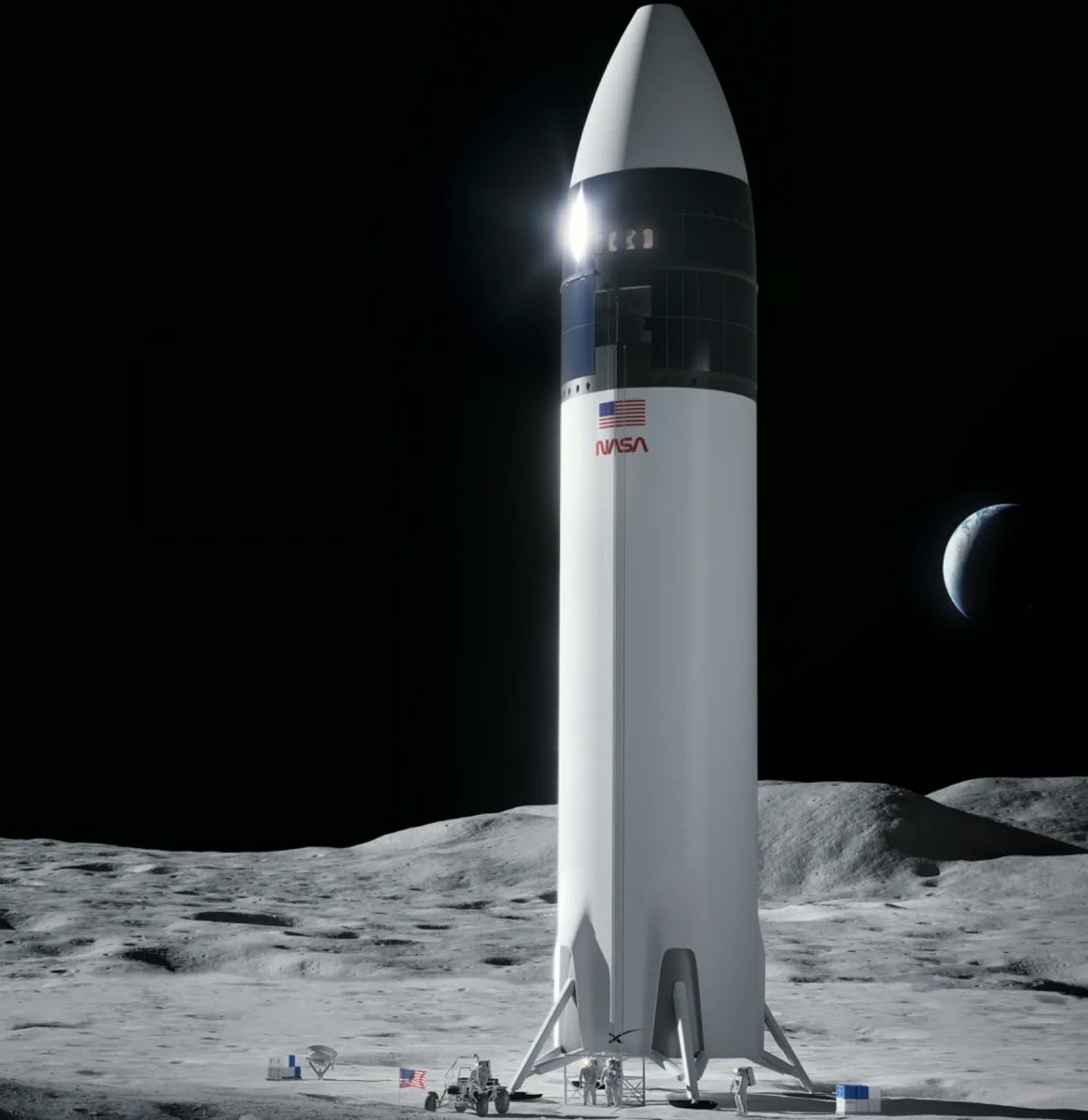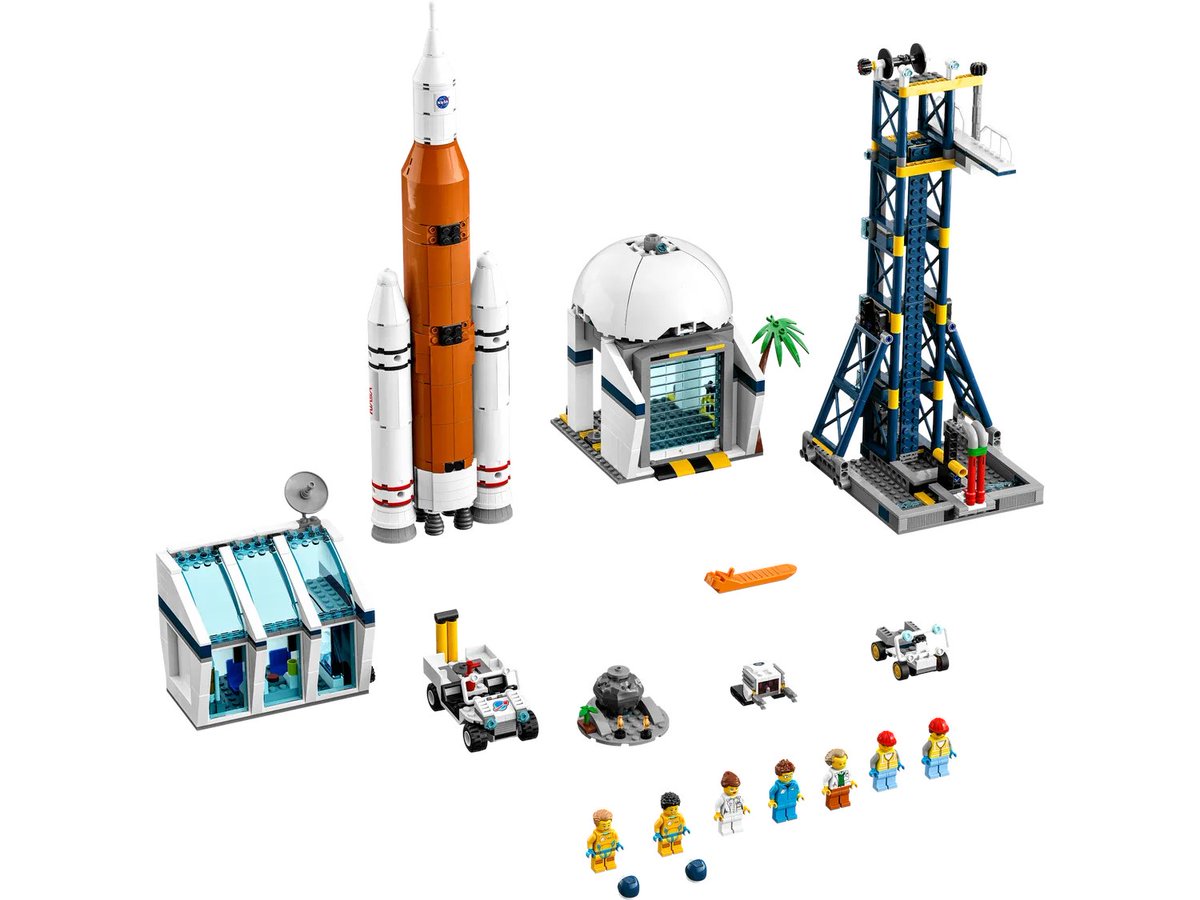One of the great things about science is that it builds on itself over time. Data collected decades ago is still valid and helps scientists spot trends that would otherwise be lost in the flurry of new data they are trying to collect. And sometimes, that data holds something interesting. Such is the case when a group of scientists took a look at the infrared data of Neptune’s atmosphere and found not one but two weird changes happening.
Continue reading “Neptune’s Temperature is Behaving Strangely”Space Lettuce Could Reduce Astronaut Bone Loss
All kinds of challenges will face the first humans to travel to Mars. One that has been much discussed, with no potential solution yet, is the potential for a significant amount of bone density loss on the three-year mission. Astronauts lose about 1% of their bone density per month in the microgravity of the ISS. That’s not too big of a deal if they are only on the station for six months, but the two 10-month space trips of a mission to the red planet could be a concern. Now a team of researchers think they have a solution – have the astronauts eat more salad.
Continue reading “Space Lettuce Could Reduce Astronaut Bone Loss”There Should be More Evidence of Alien Technology Than Alien Biology Across the Milky Way
The Drake equation is one of the most famous equations in astronomy. It has been endlessly debated since it was first posited in 1961 by Frank Drake, but so far has served as an effective baseline for discussion about how much life might be spread throughout the galaxy. However, all equations can be improved, and a team of astrobiologists and astronomers think they have found a way to do so.
Continue reading “There Should be More Evidence of Alien Technology Than Alien Biology Across the Milky Way”Perseverance’s Software Lets it Move Swiftly Across the Surface of Mars
Mars rovers are not known for being particularly speedy. Spirit and Opportunity managed a max speed of a whopping 5 cm per second, while Curiosity clocked in at a max speed of .1 kph. Over their long mission times, even those speeds opened up many potential areas to explore. But Perseverance is leaving them in the dust as it makes its way up to a river delta where it will begin its next round of sample collection.
Continue reading “Perseverance’s Software Lets it Move Swiftly Across the Surface of Mars”ExoMars is Suspended. ESA is Looking for new Solutions to Replace Russian Components
Coordination between countries in space exploration is widespread. However, sometimes that coordination falls apart. In most cases, that failure is due to budgetary constraints. But in more recent times, it is due to geopolitical ones. Specifically, western space agencies have begun to cut ties with Roscosmos, the Russian space agency, on every program excluding the International Space Station, which is still operating normally. One of those project casualties is the timeline of the oft-delayed Exomars rover, Rosalind Franklin.
Continue reading “ExoMars is Suspended. ESA is Looking for new Solutions to Replace Russian Components”With 21 Flights Under its Belt, Ingenuity is Getting a Mission Extension
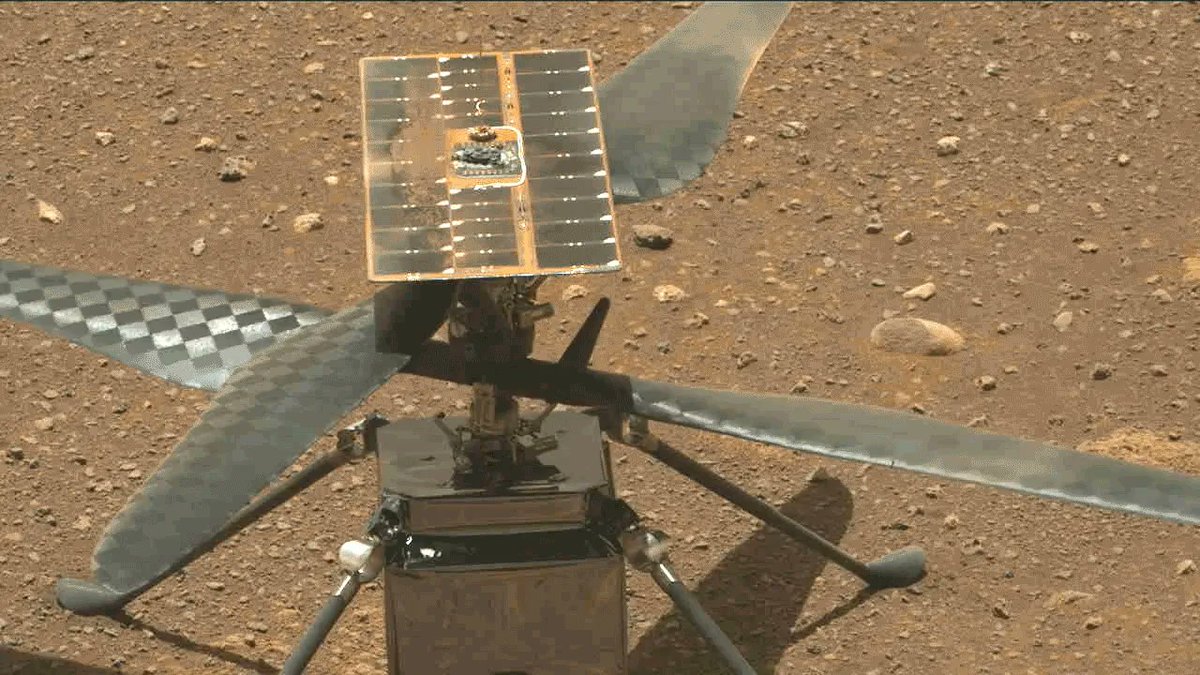
Ingenuity, the helicopter currently zipping its way around Mars, has been a hotly watched topic here at UT. After completing its 21st mission and being on the planet for a little over a year, Ingenuity’s handlers have officially extended its mission in the hopes that it will continue its stellar, groundbreaking performances.
Continue reading “With 21 Flights Under its Belt, Ingenuity is Getting a Mission Extension”Lunar Rovers Could be Dropped Into Lava Tubes to Explore Their Depths
Technical challenges abound when doing space exploration. Some areas are so remote or isolated that engineers need to build a special purpose-made vehicle to visit them. That is certainly the case for some of the more remote parts of the moon – especially the as-yet unexplored caves on the moon. Now a graduate student at the Ecole Polytechnique Federale de Lausanne (EPFL) seems to have developed just such an access system.
Continue reading “Lunar Rovers Could be Dropped Into Lava Tubes to Explore Their Depths”NASA Releases Details on how Starship Will be Part of its Return to the Moon
The path back to the moon is long and fraught with danger, both in the real, physical sense and also in the contractual, legal sense. NASA, the agency sponsoring the largest government-backed lunar program, Artemis, has already been feeling the pain on the contractual end. Legal battles have delayed the development of a critical component of the Artemis program – the Human Landing System (HLS). But now, the ball has started rolling again, and a NASA manager recently reported the progress and future vision of this vital part of the mission to the Institute of Electrical and Electronics Engineers at a conference.
Continue reading “NASA Releases Details on how Starship Will be Part of its Return to the Moon”Here are the 7 Best Places to Search for Life in the Solar System
If humanity is ever going to find life on another planet in the solar system, it’s probably best to know where to look. Plenty of scientists have spent many, many hours pondering precisely that question, and plenty have come up with justifications for backing a particular place in the solar system as the most likely to hold the potential for harboring life as we know it. Thanks to a team led by Dimitra Atri of NYU Abu Dhabi, we now have a methodology by which to rank them.
Continue reading “Here are the 7 Best Places to Search for Life in the Solar System”LEGO Releases the new Rocket Launch Center set, Recreating the Artemis Moon Missions
One way to inspire kids to get interested in STEM is to introduce them to it at an early age. Lego is one of the best gateways to that interest, and the company has been busy churning out space-themed toys for most of its existence. Now another entry has joined that long, distinguished line of interlocking brick system designs – the Rocket Launch Center, #60351.
Continue reading “LEGO Releases the new Rocket Launch Center set, Recreating the Artemis Moon Missions”



